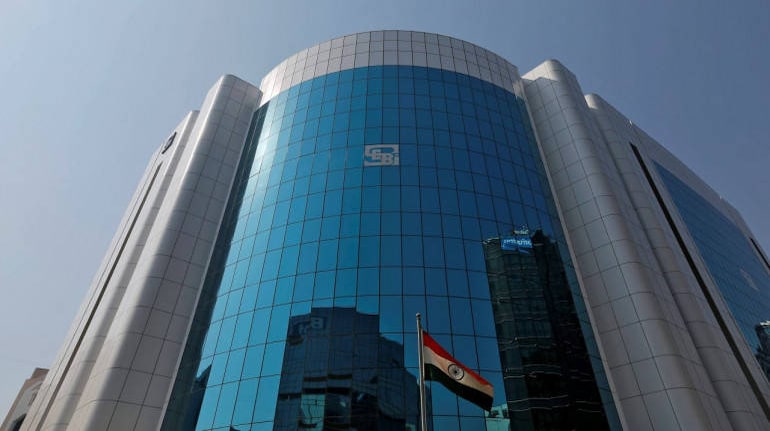
SEBI circular on rebalancing multi-cap funds: Will 'true to label' deliver true returns?
SEBI needs to be appreciated for being quick and flexible in response.
by VK VijayakumarThe recent SEBI circular on multi-cap funds directing them to be 'true-to-label' and invest a minimum of 25 percent each in large, mid and small-caps, is a logical move. Multi-caps have to be so, not just in name, but also in the composition of stocks in the portfolio. If this SEBI directive is implemented it will lead to huge churning of mutual fund holdings: multi-cap schemes selling large-caps and buying mid- and small-caps. With around Rs 1.45 lakh crore of market cap in 35 multi-cap funds getting churned in favour of mid-and small-caps is likely to witness around Rs 40,000 crore selling in largecaps. And, if this money moves into mid-small-caps, it is logical to expect a sharp rally in the broader market.
But, the real impact is likely to be different
All multi-cap schemes are skewed in favour of largecaps. The average exposure to largecaps in multi-cap holdings is around 75 percent. In some of the most sought out schemes in the multi-cap category, the largecap exposure is as large as 90 percent and smallcap exposure is as low as 2 percent. Why is this so? The answer is simple: largecaps have been outperforming mid-and small-caps in recent times by a wide margin. For instance, the 3-year Nifty return is 14.6 percent while the three-year Nifty mid-cap and Nifty small-cap returns are -10.5 percent and -28.7 percent respectively.
This sharp divergence is increasing and is likely to aggravate in this COVID times when big is becoming bigger and better. The total profit pool of India Inc is getting concentrated in a small number of large-caps and the mid and small businesses are finding the going tough. In brief, earnings visibility and safety are in large-caps. Mutual fund managers know this and therefore they are unlikely to rock the boat, given other options by the regulator.
After the initial circular issued on 11th September, SEBI has been quick to respond to clarifications on September 13th indicating that mutual funds will have other options such as merging their multi-cap schemes with a large-cap scheme or converting a multi-cap scheme into a large and mid-cap scheme. If this option is exercised investors in multi-cap schemes won’t have to bother about the future of their investment. It is important to appreciate the fact that there are 95 lakh investor portfolios in multi-cap schemes.
More flexibility with flexi-funds
Another option would be flexi-cap funds, which are market-cap neutral. This would allow mutual fund schemes to continue with a market-cap agnostic strategy, which in effect would be weighted heavily in favour of large-caps.
Even though India has more than 4,500 listed stocks, it is a fact that we don’t have a large enough universe of high quality names. If a fund manager goes by proven parameters such as quality of management, sustained growth of business, decent return on capital over cost of capital and steady cash generation, he/she has only a limited choice. If fund managers are constrained to buy more mid- and small-caps to be true-to-label, the consequence would be flight of investors from multi-caps. Either merger of the multi-cap schemes into large or large and mid-caps or repositioning of schemes as flexi-caps would be a good step forward. SEBI needs to be appreciated for being quick and flexible in response.
(The author is Chief Investment Strategist at Geojit Financial Services.)
Disclaimer: The views and investment tips expressed by investment expert on Moneycontrol.com are his own and not that of the website or its management. Moneycontrol.com advises users to check with certified experts before taking any investment decisions.